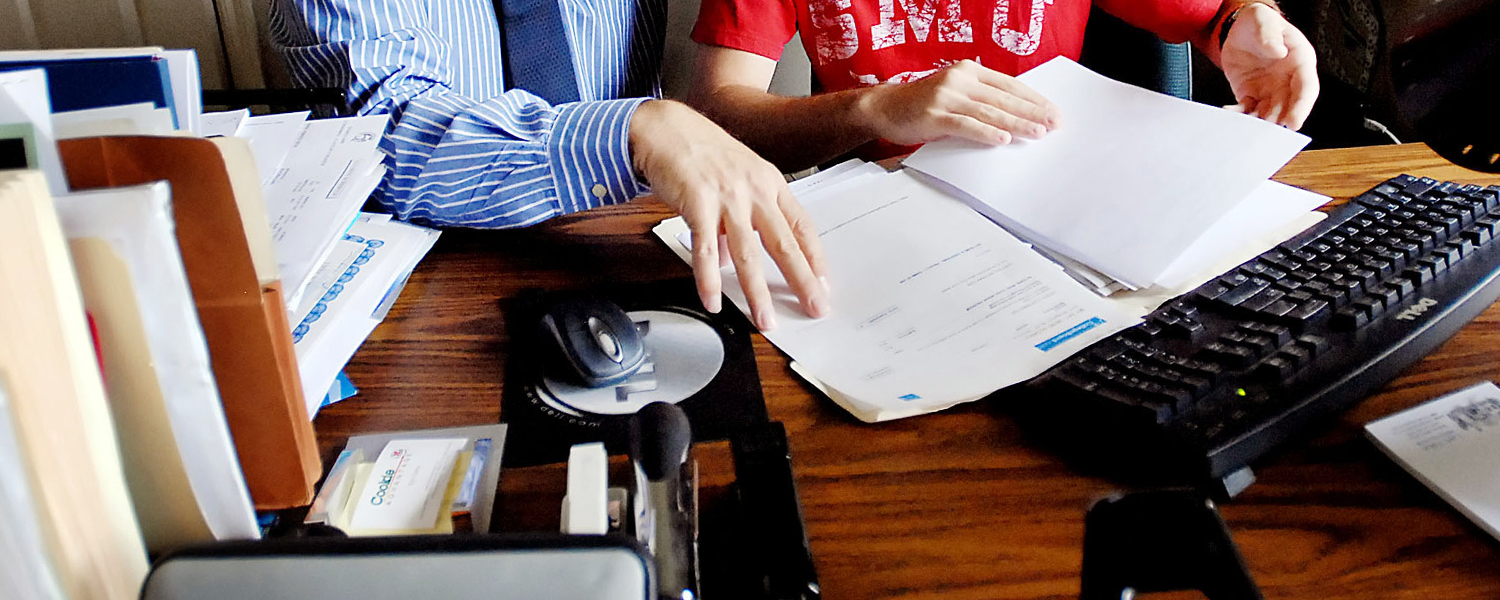The first step in fire alarm installation is to wire your system. You can buy UL-listed household wire at any hardware or electrical supply store. A common wire choice is 14/3 Romex, which has a 15-amp AFCI breaker and should be insulated. The red wire between each of your fire alarms is the primary trigger; it should be positioned in a high-traffic area, such as the main hallway. If one detector goes off, it should activate all of them.

The next step is to test your system. Make sure that your system has a continuous 120-volt AC power source. For single-station fire alarms, it is important to leave the red insulating cap on the wire to avoid contact with metal. For interconnected systems, make sure you power all of them from a single circuit. To determine if the system is working properly, consult your fire safety professional for a detailed wiring diagram.
Before you start installing your fire alarm system, be sure to check the power source. A good electrician can make sure that the circuit is properly wired for 120-volt appliances. If the electrical system is not backed by a service contract, you can use a local electrician to do the work. The engineer will be able to advise you on the right type of system to install and maintain. If you don’t know how to do it, you can also check with your local fire department.
Fire alarms are a good idea to protect your business from fire and ensure safety. With a fire alarm installation, you will have peace of mind and keep your customers safe. The installer should follow all instructions closely and ensure the fire alarm is mounted properly. Then, you can enjoy the benefits of an effective fire protection system. You can also hire an experienced installer for a faster and more reliable installation. The fire safety professionals can help you get the job done right.
It is important to know the location of your fire alarm installation. You want to make sure that it is located in a location where it will be easily noticed. Remember that the most effective fire alarm installation is one that is near a door or window. The alarm should be placed in a place where the fire will be difficult to escape. Once you have installed your fire alarm, you should make sure it is within easy reach of everyone. Aside from the proper location, make sure to use the right kind of wire size.
The fire alarm should be installed on an inside wall. The top edge of the fire alarm should be 12 inches or more below the ceiling. If possible, the alarm should be mounted on both sides of a large room. A long hallway will need two or three fire detection systems. The length of the hallway should be more than thirty feet. Depending on the number of alarms, the installer will need to install different zones. You should also make sure there are no power outages.
There are some things to keep in mind when fire alarm installation. For instance, you should make sure that you have a good electrical system. A fire alarm panel that has a good signal will be easy to locate. The panels should also be well-insulated, so they will not be overheated. A good way to test your fire alarm is to turn on the lights and listen for the sounds. You will be happy to know that you’ve protected your property!
The next step in fire alarm installation is to test the wiring. Usually, a fire alarm requires a 120-volt power source. This should be a non-switchable circuit. A non-switchable circuit is required for bedrooms. In a multi-level building, you should place the fire-alarm on the side walls, so that the smoke alarm can be heard from every floor of the building.
It is a good idea to check the wiring of your fire alarm before installing it. It is essential to make sure that the smoke alarms are working properly. Those that are not, should be replaced immediately. Besides, it’s a good idea to test all smoke detectors. This will help prevent false alarms and help save the lives of many. If the fire alarms aren’t functioning properly, you’ll be able to hear the sound.

